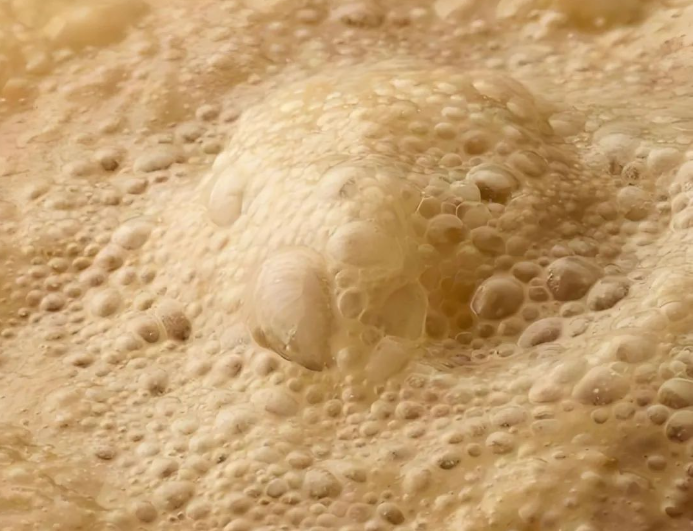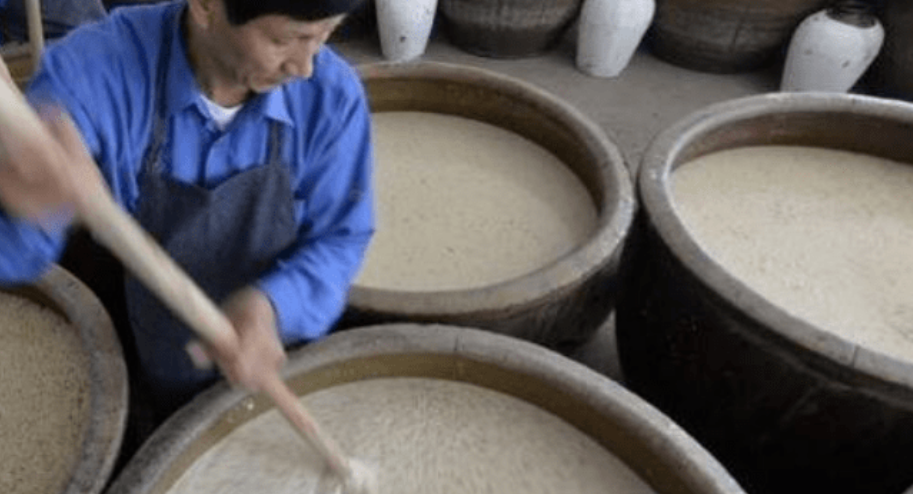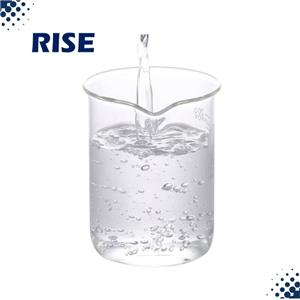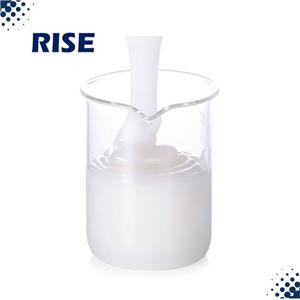Industrial fermentation defoamer - generation and control of foam in the fermentation process
In fermentation processes, controlling foam is a key factor in ensuring smooth production. If you are looking to reduce antifoam costs, improve foam problems, or are experiencing challenges from foam, it is critical to understand the causes of foam and how to control it. Foam generation has a significant impact on the fermentation process. If not properly controlled, excessive foam can lead to a number of problems, such as reduced fermenter fill factor, reduced oxygen transfer efficiency, increased risk of bacterial contamination, loss of feedstock and product, and interference with the proper functioning of aeration and agitation. Foam is essentially a colloidal system formed by the dispersion of gases in a liquid, in which sterile air and metabolic gases act as the dispersed phase and the fermentation broth as the continuous phase, separated by a liquid film.

In deep liquid fermentation, a certain amount of foam production is normal, but excessive foam can have negative effects, such as lowering the loading factor, reducing oxygen transfer, increasing the chance of bacterial contamination, leading to loss of fermentation broth and products, mycelial failure, and impeding aeration and agitation.
Foam formation is affected by a variety of factors, mainly including:
① Ventilation and stirring speed: usually, an increase in ventilation and stirring speed will lead to an increase in foam, but there is also the opposite situation.
② The nature of the culture medium: organic nitrogen sources such as peptone and corn syrup are the main foaming agents, while substances such as glucose can stabilize the foam although the foaming property is poor.
③ Sterilization operation: the greater the sterilization intensity, the more foam in the fermentation broth, which may be related to the changes in the composition of the medium at high temperature.
④ Bacterial growth and metabolism: more foam in the early stage of fermentation, with the proliferation of bacteria and the consumption of foaming substances, foam decreases; logarithmic growth period and product synthesis period foam increases, the end of the period due to the death of the bacterium and autolysis, foam is more serious.

For the formed foam, the defoaming method of chemical defoamer can be used. Defoamer for Industrial fermentation include polyether defoamer, advanced alcohol defoamer and silicone defoamer, of which polyethers are widely used because of their powerful defoaming ability. However, the choice of industrial fermentation defoamer should be customized according to the characteristics of the strain and medium to ensure both effective defoaming and cost reduction. In practice, fermentation defoamers are usually sterilized together with the culture medium in order to exert anti-foaming effects. During the fermentation process, the fermentation defoamer is added at regular intervals as needed to control foaming. In modern fermentation process, by installing electromagnetic flow meter and self-control device, it can realize the automatic flow and addition of fermentation antifoam.
In general, the formation of foam is a complex process, which requires the selection of appropriate antifoam means according to the product characteristics and the specific causes of foam generation. By statistically analyzing the pattern of foam generation, we can eliminate foam more effectively, reduce production waste, and ensure the stability of industrial fermentation production.




